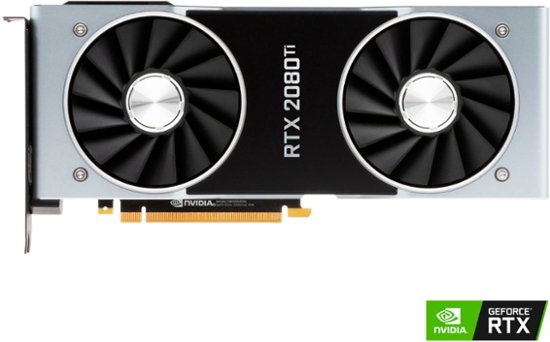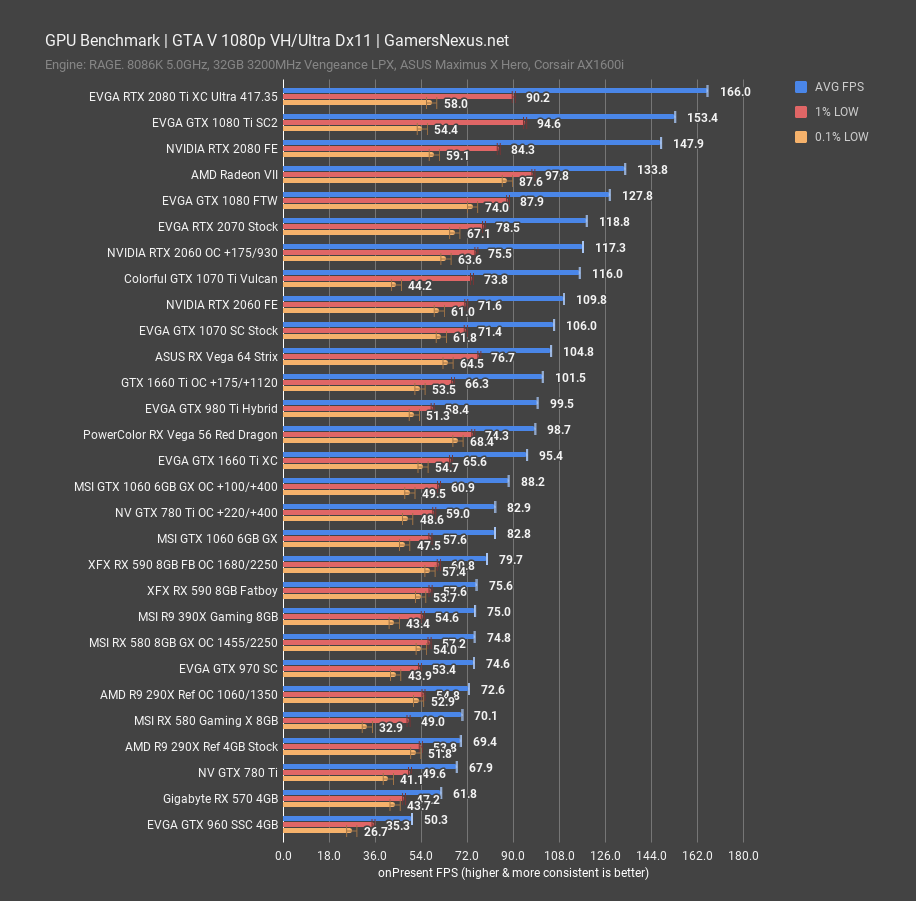What’s new with the RTX Series?
The current Geforce RTX lineup is as follows: Geforce RTX 2060, RTX 2070, RTX 2080, RTX 2080ti and the Titan RTX. The first change here everyone’s gonna notice is that instead of “GTX” cards Nvidia is calling them “RTX” cards. The reason for this is that these cards use Nvidia’s new Turing GPU architecture which brings real-time Ray Tracing to mainstream graphics cards.
Ray Tracing:
Ever since the RTX launch, Ray Tracing is what everyone is talking about. Essentially, this GPU intensive technology makes the reflection of light in games work similar to how it happens in real life. This gives games a sharper and truer to life look. All that fancy talk aside, it looks incredibly stunning when it works well. The reason this is such a big deal is that ray tracing simply wasn’t possible on older video cards due to the sheer amount of power required.
DLSS:
That’s not all for RTX cards though. Another special feature is DLSS (Deep Learning Super Sampling). Pixels are naturally squared so in some video games, rounded objects can look a little bit janky. DLSS uses AI to learn how to render these objects properly to make them look smoother. This also helps with a bit of boost in performance.
Should You Upgrade To RTX from 10 Series?
Let’s get to the main question here. Upgrading to RTX depends on a lot of factors. First off, it entirely depends on your current card. We’ll be drawing comparisons between RTX and GTX 10 Series. Say you have a GTX 1060 6GB, which is a perfectly adequate card even today for 1080p gaming. But if you’re looking to game at a higher resolution instead of going with a GTX 1070, you should be looking at the RTX 2070. That card is a perfect blend of performance and new features. The RTX 2070 is an amazing performer at 1440p and in certain games works well with Ray Tracing. But if you have a higher end 10 series card, say a GTX 1080 or 1080ti, then it’s a tough choice. This entirely depends on your budget and what resolution you are gaming on. Suffice to say, the 1080 and 1080ti are still amazing cards even today and they have a lot of potential life in them. Oh, and if you’re upgrading specifically for Ray Tracing you might want to know a few things first. Ray Tracing depends entirely on game developers and how they optimize it. At times, it can cause a drop in performance. The RTX 2080 and upwards seems to handle this technology very well. Ray tracing is still an emerging technology supported by a handful of games right now. But if we take a peek into the future, it’s going to be the norm. Also, Nvidia has promised ray tracing support on Pascal as well recently, but don’t expect anywhere near as good performance like RTX.
Final Thoughts
RTX is a major leap from the 10 series and if you can get your hands on one of the higher end cards like the RTX 2070 or RTX 2080, you get amazing performance even with ray tracing on. The short answer to “Is RTX worth it” is yes, only if you can afford one. It all comes down to your budget at the end of the day. So if you’re looking to experience it for yourself and thinking of getting an RTX 2080 for your new build, check out our reviews on the best RTX 2080s.
NVIDIA’s Newly-Launched $150 GeForce GTX 1650 Performs Identically to $139 GTX…NVIDIA GeForce GTX 1630 Release Put on “To Be Determined” Status & RTX 40…More GTX 1180 Information Surface Online As Speculations Over The 1100 Series…NVIDIA GeForce RTX 4090 Reviews Go Live, Worth the Hype?

